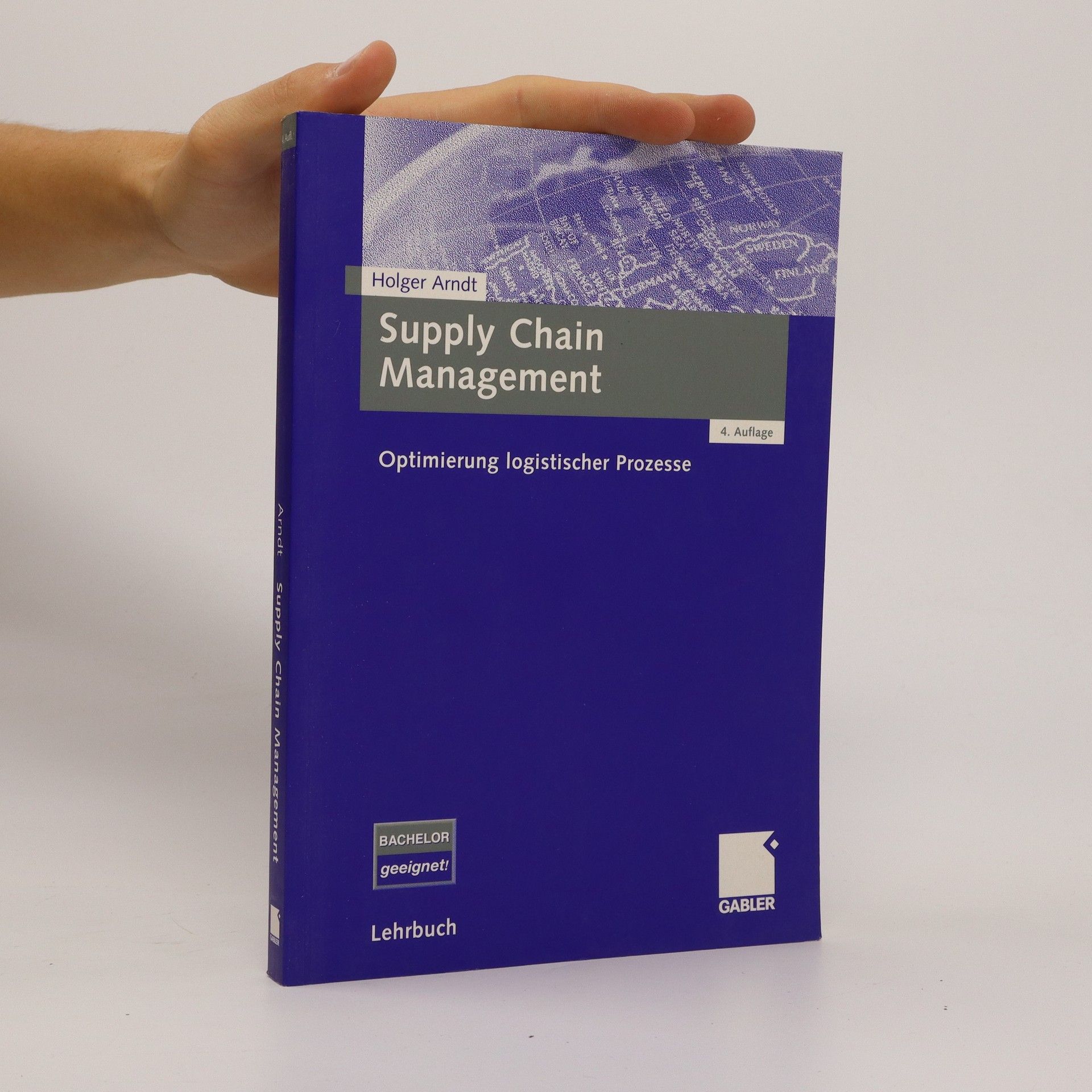Die Beherrschung logistischer Prozesse entwickelt sich zunehmend zum entscheidenden Wettbewerbsfaktor. Ausgehend von Methoden zur Analyse des Ist-Zustandes und zur Definition von Zielsystemen werden in diesem didaktisch gut konzipierten Lehrbuch alle wichtigen Konzepte des Logistikmanagements konkret, ausführlich und leicht verständlich erklärt. Zwei handlungsorientierte Planspiele sowie Kompakteinführungen in die Softwaretools ARIS und Powersim, die häufig zur Prozessoptimierung verwendet werden, zeigen beispielhafte Vorgehensweisen.
Holger Arndt Libri






Ein Großteil wirtschaftsdidaktischer Forschung geht Fragen nach den Zielen, Inhalten, Voraussetzungen, Rahmenbedingungen, Methoden und Wirkungen des Wirtschaftsunterrichts nach. Gleichwohl erfasst dies nur einen Teil des Erwerbs Ökonomischer Bildung. So kann Lernen nicht nur gezielt und absichtlich, sondern auch zufällig und gegebenenfalls unbemerkt erfolgen, etwa wenn im Rahmen anderer Unterrichtsfächer ökonomische Themen nebenbei erörtert werden. Vor dem Hintergrund der nach wie vor unzureichenden Verortung Ökonomischer Bildung im allgemeinbildenden Schulsystem Deutschlands und der Notwendigkeit lebenslangen Lernens ist der informelle Erwerb Ökonomischer Bildung außerhalb der Schule von Bedeutung. Dieser kann beispielsweise mittels Büchern, Zeitungen, Spielen oder durch Konfrontation mit ökonomisch geprägten Lebenssituationen wie Einkaufen, Arbeiten, Verkaufen auf Flohmärkten oder Medienkonsum erfolgen. Um die vielfältigen Möglichkeiten des Erwerbs Ökonomischer Bildung zu ergründen, hat sich die Deutsche Gesellschaft für Ökonomische Bildung (DeGÖB) im Rahmen ihrer Jahrestagung 2017 in Flensburg in zahlreichen Vorträgen und Diskussionen mit dem Thema auseinandergesetzt. Im vorliegenden Tagungsband sind 18 Beiträge dokumentiert, die sich der Fragestellung von unterschiedlichen Seiten nähern. Besondere Schwerpunkte liegen dabei in den Bereichen finanzielle Bildung, Entrepreneurship Education und Berufsorientierung.
Das Werk bietet eine umfassende Kommentierung des KAGB, VermAnlG und der AnlV, einschließlich Bezügen zu Solvency II und ausgewählten Normen der MAR. Es behandelt die Regulierung alternativer Investments in Bezug auf Anbieter, Produkte, Vertrieb und Investoren. Die Regelungen des KAGB werden detailliert erläutert, insbesondere jene zu geschlossenen Alternativen Investmentfonds, die Vorgaben der Level-II-Verordnung, sowie relevante Auslegungsschreiben und FAQs der ESMA und BaFin. Das VermAnlG, das durch das Kleinanlegerschutzgesetz umfassend revidiert wurde, berücksichtigt nun auch Crowd-Investing, dessen Vorgaben durch das PSD II-UmsG neu gestaltet wurden. Der Kommentar beleuchtet die neuen Befugnisse der BaFin zu Produktverboten und die relevanten Änderungen durch das Gesetz zur Stärkung des Anlegerschutzes. Mit Inkrafttreten des KAGB wurde eine Anpassung der AnlV an die aktuelle regulatorische Rechtslage notwendig. Zudem wird die Neuordnung der Anlageklassen analysiert. Die Reform von Solvency II hat das Kapitalanlagensystem für Versicherungsunternehmen grundlegend verändert. Erstmals werden die Pflichten der MAR für Alternative Investments, insbesondere zu Director's Dealings und Verdachtsanzeigensystemen, kommentiert. Die Zielgruppe umfasst Rechtsanwälte, Wirtschaftsprüfer, Banken, AIF-Gesellschaften, Asset Manager, FinTechs, Anleger, sowie Aufsichtsbehörden und Ministerien.
![Wertpapier-Verkaufsprospektgesetz (Verkaufsprospektgesetz) und Verordnung über Vermögensanlagen-Verkaufsprospekte (Vermögensanlagen-Verkaufsprospektverordnung - VermVerkProsp V) ; [Kommentar]](https://rezised-images.knhbt.cz/1920x1920/48037472.jpg)